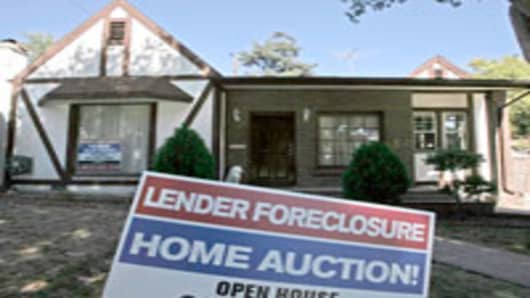The meltdown in the mortgage market and its impact on the credit markets may have some historical precedent: the collapse of the savings and loan industry and its subsequent government bailout in the late 1980s and early 1990s was also a major lending debacle.
The collapse of the S&L industry was the result of flawed deregulation, poor regulation and reckless lending practices, which in some cases, included balance sheet fraud. Political inaction once the severity of the problem was evident didn't help, either.
As part of the bailout, Congress passed legislation creating the Resolution Trust Corporation to liquidate real estate and other assets of failed S&Ls through equity partnerships. Its mission complete, the RTC was dissolved in 1995.
Though the RTC was extremely successful, the federal S&L bailout cost taxpayers an estimated $150 billion. Now some 20 years later, there’s talk of another, similar bailout.
For some perspective on the crises, CNBC.com spoke to Lawrence White, deputy chair of economics at New York University’s Stern School of Business. From 1986 to 1989, White served as a member of the Federal Home Loan Bank Board, which regulated the S&L industry.





